Boost Your Apartment Complex Bids – Request a Precision Estimate!
- Accurancy
- Efficiency
- Transparency
- Customization
- Time Saving
- Professionalism
- Cost Control
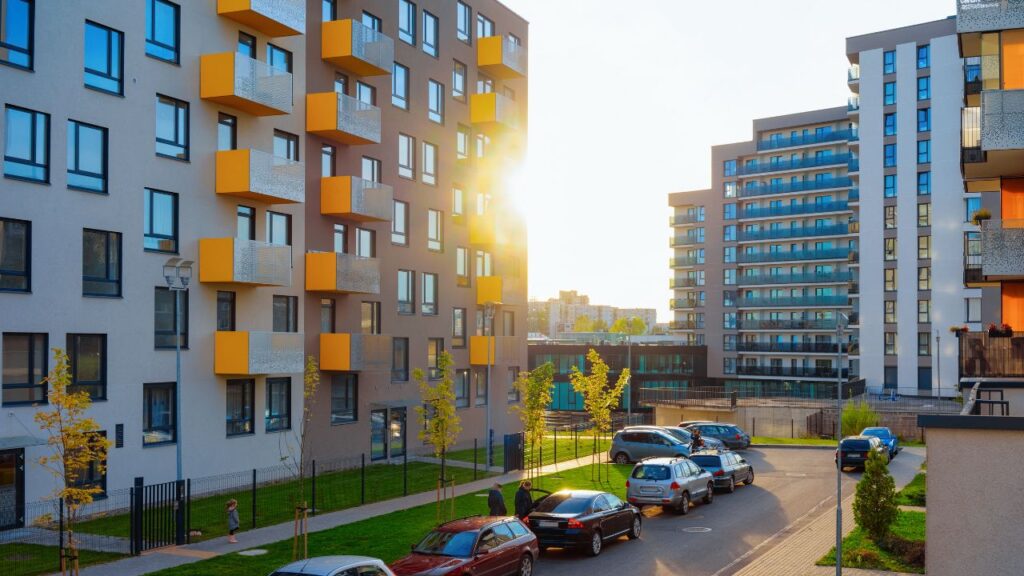
Understanding the dynamics of apartment building insulation is paramount for property owners looking to enhance energy efficiency and reduce costs. Apartment building insulation is not merely a means to regulate indoor temperatures; it is a pivotal component of sustainable living. In this comprehensive guide, we will delve into the nuanced factors that influence insulation costs, explore the diverse range of insulation materials available, and provide effective methods for estimating expenses.
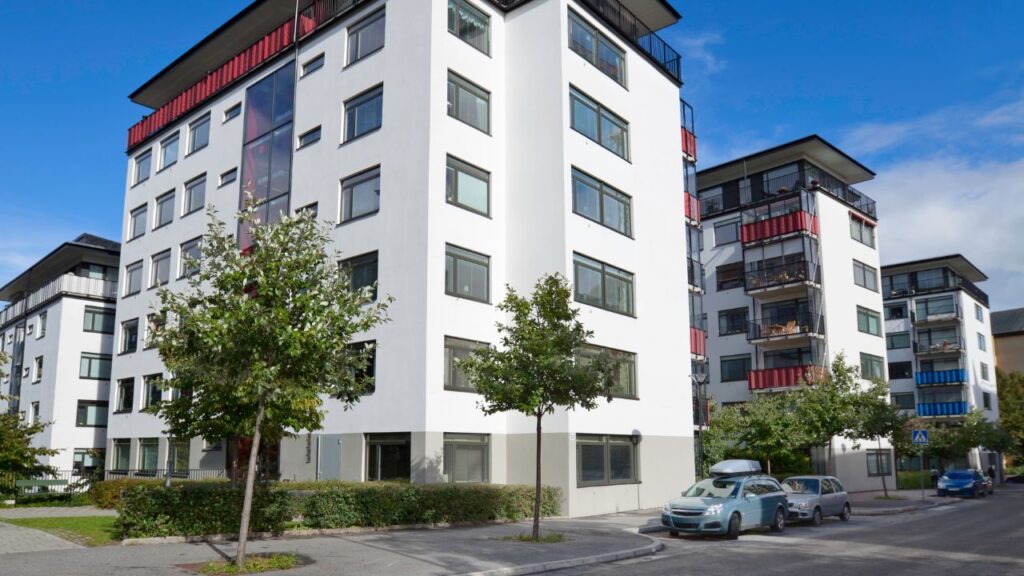
The choice of insulation material is a critical factor in determining project costs. Fiberglass insulation, known for its affordability, competes with cellulose insulation, an eco-friendly option made from recycled paper. Additionally, spray foam insulation, despite being more expensive, boasts a high R-value, while reflective insulation is cost-effective and ideal for warmer climates.
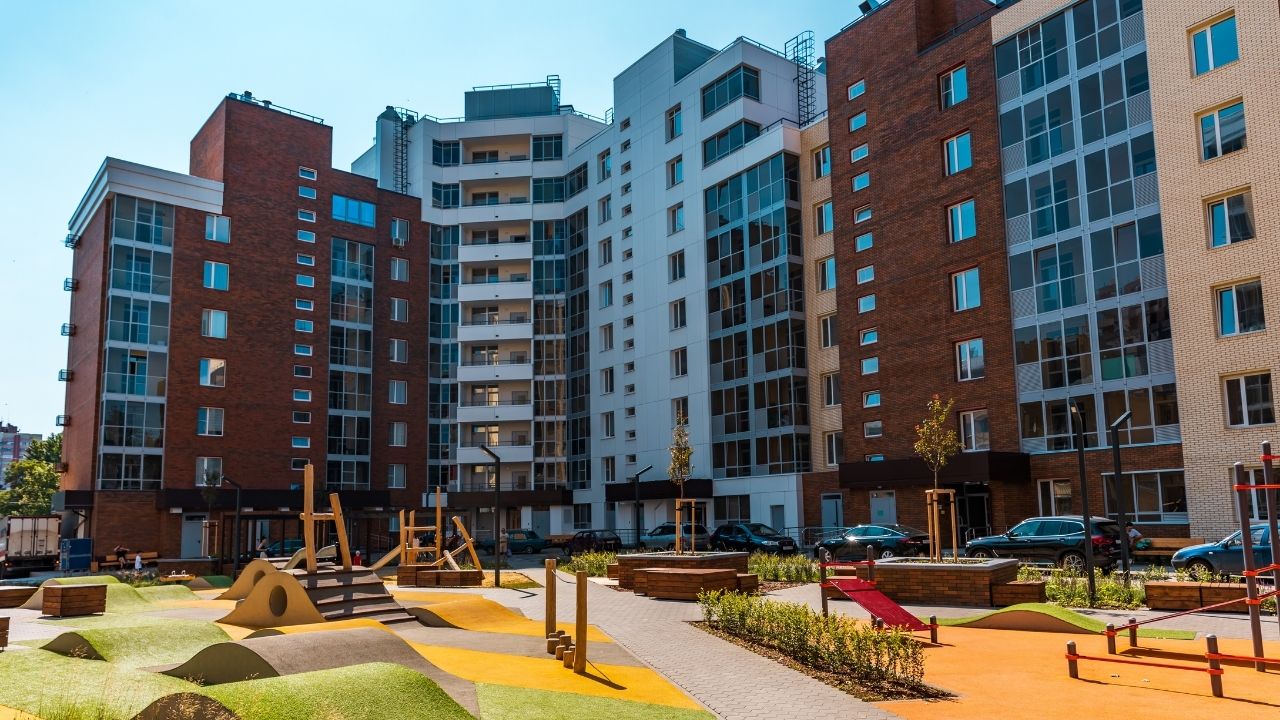
Fully Insured
Licensed Hire Builder For Apartment Building

Make Informed Design Decisions Showcase Your Design Ideas
Get RenderingThe square footage and layout intricacies of your apartment building significantly impact insulation costs. Larger buildings require more materials and labor, driving up overall expenses. The architectural design, number of rooms, and structural complexities contribute to the variability in insulation expenditure.
Local climate considerations play a pivotal role in determining the level of insulation needed. Harsh winters or scorching summers may necessitate additional insulation layers, influencing project costs. Understanding the specific climate challenges your building faces allows for a tailored insulation approach, optimizing both efficiency and cost-effectiveness.
Choosing between professional installation and a do-it-yourself approach is a critical decision that shapes the overall project cost and outcome. While DIY may seem cost-effective, professional expertise ensures optimal results, especially for larger projects. Professional installers are equipped to navigate complexities, ensuring the insulation is installed correctly and performs at its best.
Fiberglass insulation, available in batts or rolls, is a cost-effective option known for its ease of installation. Its thermal efficiency makes it a popular choice. The material’s flexibility and resistance to moisture make it suitable for various applications, contributing to its widespread use in the insulation industry.
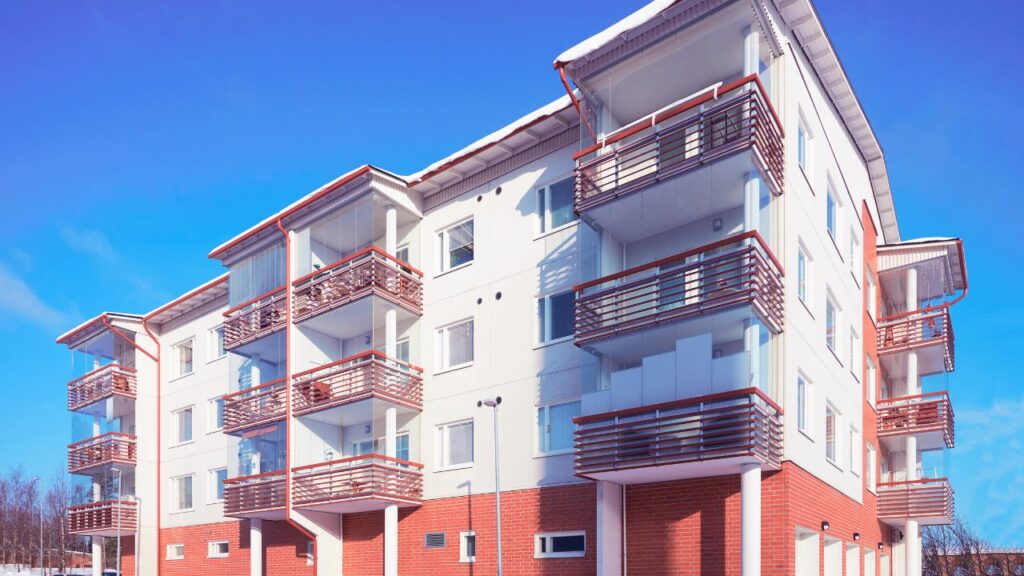
Cellulose insulation, made from recycled paper, excels in filling gaps and providing excellent thermal performance. Its eco-friendly nature aligns with sustainability goals. This material, treated for fire resistance, is an excellent choice for those seeking environmentally conscious insulation without compromising on performance.
Expanding upon application, spray foam insulation creates a seamless barrier. Despite its higher cost, the high R-value contributes to energy efficiency. The versatility of spray foam allows it to reach into tight spaces, providing a comprehensive and airtight insulation solution. Considered a premium option, it offers superior thermal performance and long-term benefits.
Ideal for warmer climates, reflective insulation reflects heat away from the building. Its cost-effectiveness and ease of installation make it a viable option. Reflective insulation is particularly effective in reducing radiant heat transfer, making it suitable for regions with predominantly warm weather. It is a reflective barrier that helps in maintaining comfortable indoor temperatures.
Estimating costs based on square footage provides a preliminary overview. This method considers the amount of insulation material required for the project. The cost per square foot varies depending on the chosen material, and accurate measurements are crucial for a precise estimate. Professional estimators use this method as a starting point, factoring in material costs, labor, and additional expenses.

Breaking down costs into material and labor expenses offers a detailed understanding of budget distribution. Material costs vary based on the type and quantity of insulation chosen. Labor costs depend on the complexity of the installation process. Obtaining multiple quotes from insulation contractors helps in comparing costs and ensuring a fair breakdown of expenses.
Accounting for additional expenses like permits and equipment rental is crucial. These costs, though seemingly minor, contribute to the overall project budget. Permits are often required for insulation projects, and overlooking this aspect can lead to delays and potential fines. Equipment rental costs should also be factored in, especially for DIY projects.
Efficient insulation reduces the need for heating and cooling, resulting in substantial energy savings. The upfront investment in high-quality insulation pays off over time, as reduced energy consumption leads to lower utility bills. Property owners can expect a return on investment through long-term energy savings.
Reducing energy consumption contributes to a lower carbon footprint. Opting for sustainable insulation materials enhances the environmental impact, aligning with eco-conscious practices. Choosing insulation made from recycled or renewable materials reduces the overall environmental impact of the construction industry.
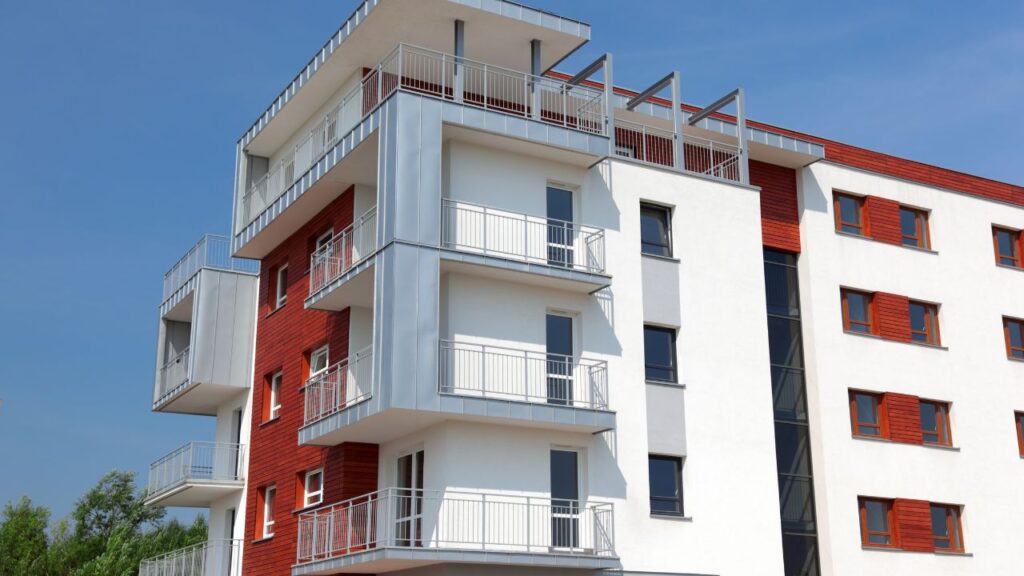
Well-insulated buildings provide a more comfortable living environment. Proper insulation regulates indoor temperatures, eliminating drafts and cold spots. Additionally, insulation contributes to better indoor air quality by preventing the infiltration of pollutants and allergens. Occupants enjoy a healthier and more pleasant living space.
Uncovering hidden damages or repairs during the insulation process can impact costs and project timelines. Budgeting for unforeseen issues is essential for a comprehensive cost estimate. Professional inspectors may discover structural issues or pre-existing damage that requires attention before insulation installation. Addressing these issues promptly avoids complications later on.
Complications can arise during installation, from structural challenges to unexpected obstacles. Anticipating and planning for potential complications is crucial in managing project costs effectively. Professional installers conduct thorough assessments before starting the project, identifying any challenges that may arise during the installation process. Planning for contingencies minimizes disruptions and keeps the project on track.
Receive highly accurate estimates tailored to your zip code, giving you the edge to secure more projects. Upload your plans and start winning!
Older buildings may require updates to meet modern insulation standards. Determining the extent of updates needed can be challenging, affecting overall cost estimates. Assessing the condition of existing insulation, checking for gaps or deterioration, and evaluating the building’s overall energy efficiency are crucial steps in estimating the costs of updating insulation in older structures. Upgrading insulation contributes to both energy efficiency and the longevity of the building.
While DIY insulation projects offer potential cost savings, they require time, effort, and skill. Lack of expertise may lead to suboptimal results and higher long-term costs. DIY insulation is suitable for smaller projects with straightforward installation requirements. However, larger buildings or those with complex architectural features may benefit significantly from professional installation. DIYers should carefully assess their skills and the scope of the project before opting for this approach.
Professional insulation contractors bring expertise and efficiency to the project. While the upfront cost may be higher, the long-term benefits often outweigh the investment. Professional installers have the knowledge to choose the right insulation materials, install them correctly, and address any challenges that may arise. Their experience contributes to the overall quality and effectiveness of the insulation.
Comparing the costs of DIY and professional installation is essential. Consider the value of your time, potential mistakes in a DIY project, and the overall quality of the insulation. While DIY may seem cost-effective on the surface, the potential for errors and the time commitment involved should be carefully weighed against the benefits of professional expertise. Property owners looking for a hassle-free and optimized insulation solution often find that the long-term advantages of professional installation justify the initial expense.
Governments incentivize energy-efficient upgrades, including insulation projects. Researching and understanding available programs is crucial for maximizing potential savings.
Qualifying for incentives may involve meeting specific energy efficiency standards or using approved insulation materials. Understanding the criteria ensures eligibility for financial benefits.
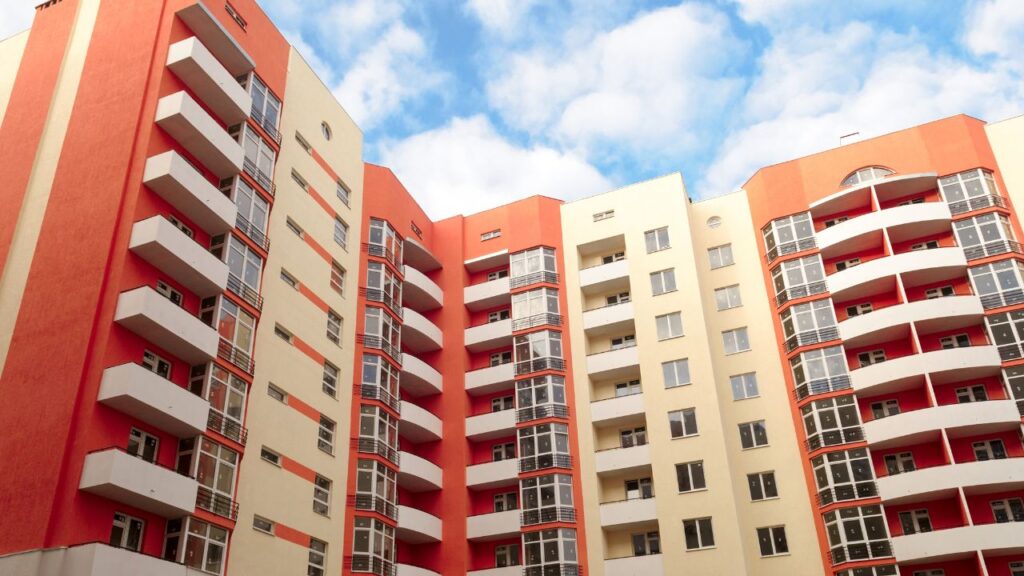
Government incentives and rebates can significantly offset overall project costs. Integrating these incentives into the cost estimation provides a more accurate financial outlook.
The integration of smart technologies in insulation allows for real-time monitoring and control of indoor climate conditions. Stay updated on these innovations for enhanced efficiency.
The demand for sustainable insulation materials is on the rise. Explore environmentally friendly options that align with modern eco-conscious values.
Stay informed on the latest materials offering improved insulation properties. Innovations in insulation materials may provide better performance and cost-effectiveness.
Thoroughly researching and vetting potential contractors is essential. Checking credentials, reviews, and previous projects ensures the contractor meets your standards.
Asking specific questions about the contractor’s experience, materials used, and project timeline is crucial. Clear communication ensures a smooth and successful insulation project.
References and reviews provide insights into the contractor’s reliability and quality of work. Validating this information helps in making an informed decision when hiring a contractor.
Anticipating advancements in insulation technology reveals exciting possibilities for improved efficiency and sustainability in the coming years.
Staying informed about potential changes in building codes and regulations related to insulation is crucial. Compliance ensures the longevity and effectiveness of your insulation investment.
Looking ahead, consider the long-term benefits of proper insulation. These may include increased property value, reduced maintenance costs, and enhanced tenant satisfaction.
Investing in the insulation of your apartment building is a multifaceted decision. By understanding the factors influencing costs, exploring insulation materials, and staying informed about trends, you can make informed choices. Whether opting for a DIY approach or seeking professional help, the benefits of proper insulation extend beyond cost savings to environmental impact and occupant comfort. Invest wisely in your apartment building’s insulation, and you’ll reap the rewards for years to come.
The cost of insulation varies, but on average, it can range from $1 to $3 per square foot. Factors such as material choice and labor costs contribute to the overall expense. Professional estimation is recommended for accuracy.
Yes, many regions offer tax incentives for energy-efficient upgrades, including insulation projects. Research available programs and consult with a tax professional for personalized advice.
DIY insulation is possible, especially for smaller projects. However, larger buildings may benefit from professional installation for optimal results. Professional expertise avoids potential issues from inexperienced installation.
Signs include increased utility bills, temperature fluctuations, and drafts. Older buildings or those with outdated insulation may particularly benefit from an upgrade to enhance energy efficiency.
Older buildings may need insulation updates every 15 to 20 years, considering the condition of existing insulation and advancements in technology.
Here I am going to share some steps to get your Apartment Building Insulation Estimating report.
You can send us your plan on info@estimatorflorida.com
Before starting your project, we send you a quote for your service. That quote will have detailed information about your project. Here you will get information about the size, difficulty, complexity and bid date when determining pricing.
Our team will takeoff and estimate your project. When we deliver you’ll receive a PDF and an Excel file of your estimate. We can also offer construction lead generation services for the jobs you’d like to pursue further.



561-530-2845
info@estimatorflorida.com
Address
5245 Wiles Rd Apt 3-102 St. Pete Beach, FL 33073 United States
561-530-2845
info@estimatorflorida.com
Address
5245 Wiles Rd Apt 3-102 St. Pete Beach, FL 33073 United States
All copyright © Reserved | Designed By V Marketing Media | Disclaimer